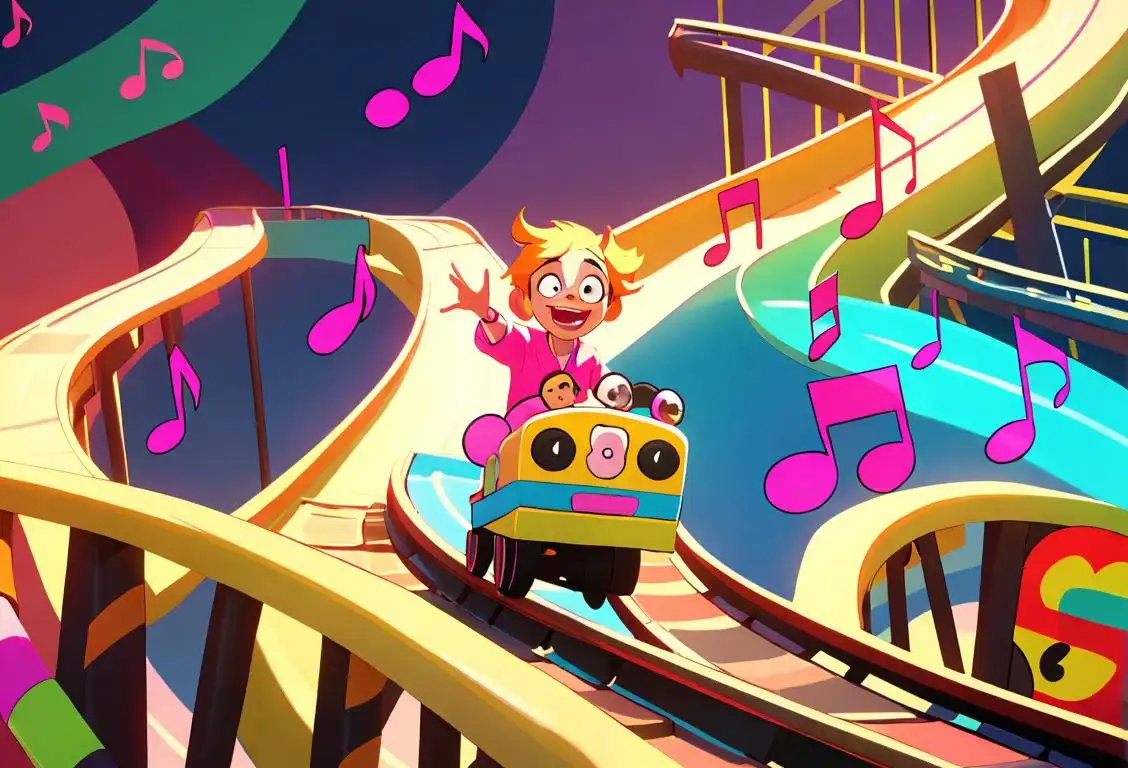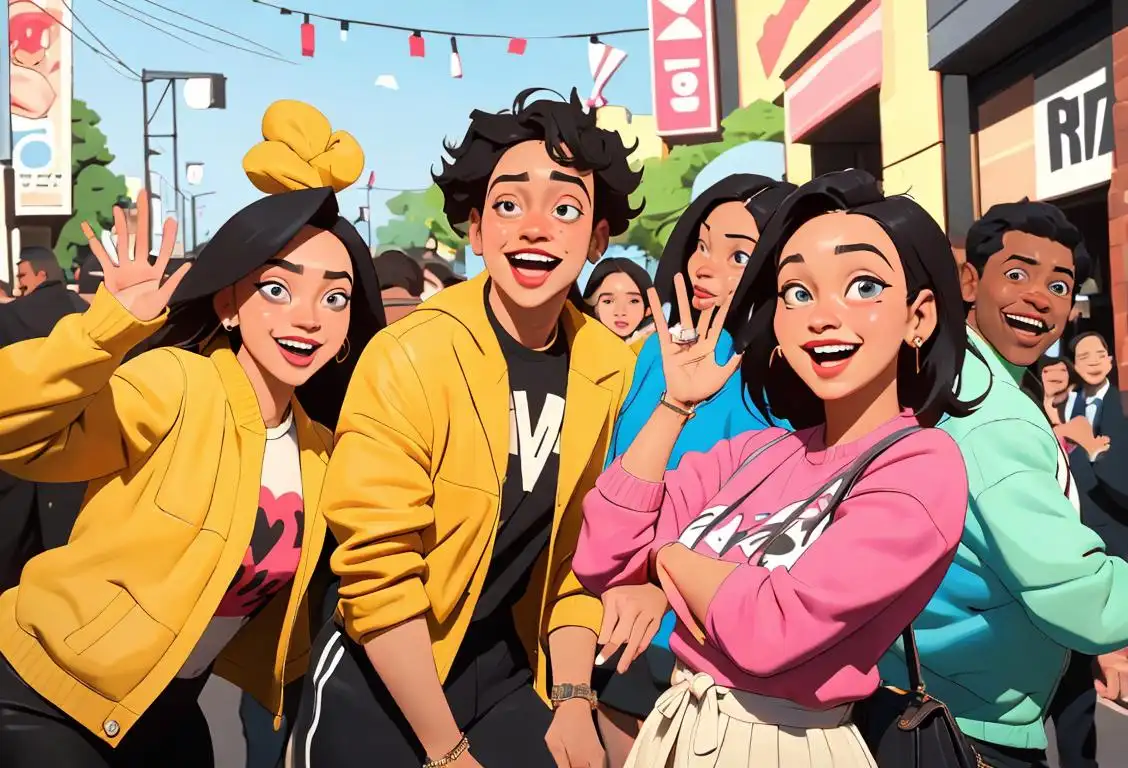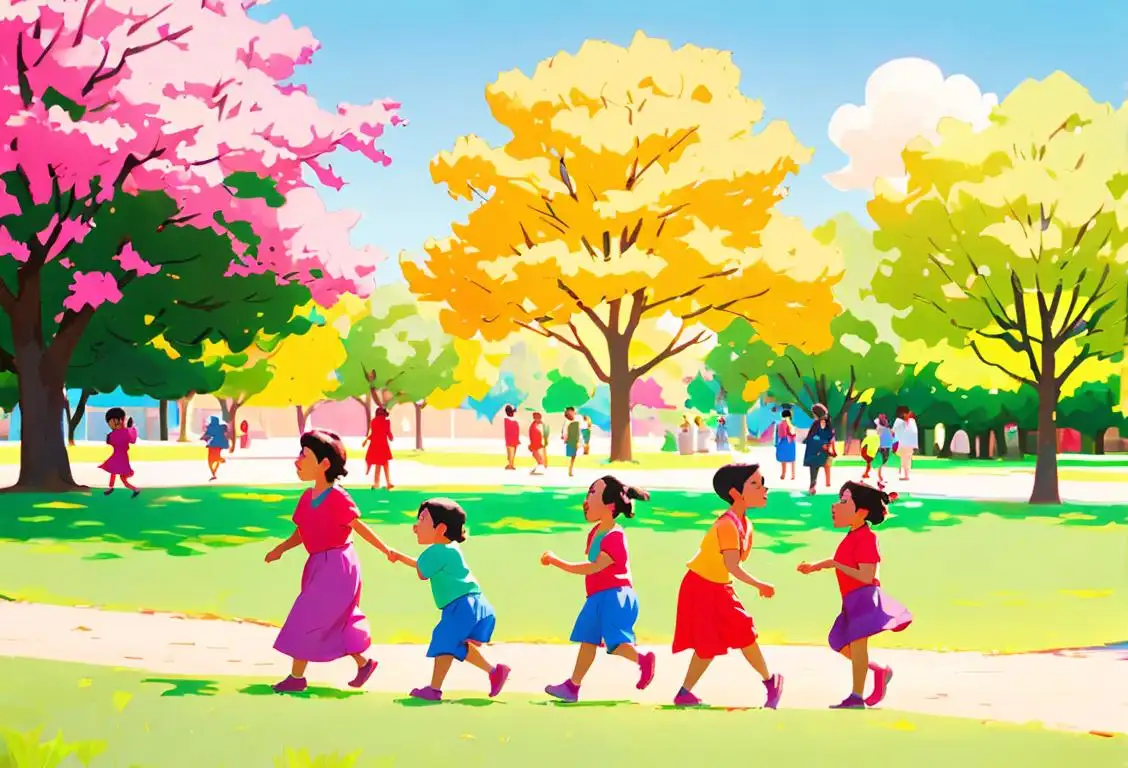National Bipolar Day

Welcome to the whimsical world of National Bipolar Day! Grab a cup of coffee, put on your favorite playlist, and get ready to dive into the history and significance of this unique day that celebrates the highs and lows of life. Whether you're personally affected by bipolar disorder or just looking to learn something new, we've got you covered. So, let's go on this rollercoaster ride together and discover what National Bipolar Day is all about!
When is Bipolar Day?
It's national bipolar day on the 30th March.
The Internet's Take on National Bipolar Day
On the ever-expanding landscape of the internet, every day seems to have a holiday or special occasion associated with it. National Bipolar Day is no exception – it's a day that aims to raise awareness, provide support, and challenge stigmas surrounding bipolar disorder.
Originating online, National Bipolar Day gained traction through social media discussions and various mental health advocacy websites. People from all walks of life, including individuals with bipolar disorder, their loved ones, and mental health professionals, contribute to the conversation and share personal stories, resources, and insightful articles.
The online community utilizes this day to foster empathy, understanding, and acceptance for those navigating the complex world of bipolar disorder. It provides a platform for open dialogue while combating the misinformation and societal stereotypes associated with the condition.
The History Behind National Bipolar Day
While National Bipolar Day may not have an official historical origin, its significance is rooted in the desire to spark discourse about mental health and challenge the stigma surrounding bipolar disorder.
Bipolar disorder, also known as manic-depressive illness, is a mental health condition characterized by extreme shifts in mood, energy, and activity levels. It affects millions of people worldwide, yet misunderstandings and misconceptions about the disorder persist.
The observance of National Bipolar Day serves as a platform for education, support, and advocacy. It aims to provide a safe space for individuals to share their experiences, seek guidance, access resources, and fight against discrimination.
Did You Know?
In the spirit of embracing the highs and lows, here's a fun fact for you: Did you know that famous artists, musicians, and writers such as Vincent van Gogh, Virginia Woolf, and Ernest Hemingway are believed to have had bipolar disorder? Their exceptional creativity and unique outlook on the world were closely tied to their mental health.
History behind the term 'Bipolar'
1854
The Birth of the Term
The term 'bipolar' was first coined in 1854 by French psychiatrist Jean-Pierre Falret. He used it to describe a mental disorder characterized by cycles of extreme mood swings between mania and depression. Falret observed the alternating nature of mood episodes in his patients and recognized it as a unique condition. He believed that this condition was distinct from other mental illnesses, paving the way for further research and understanding of bipolar disorder.
1899
Naming the Disorder
Emil Kraepelin, a German psychiatrist, played a significant role in defining and categorizing various mental disorders. In his influential psychiatric textbook, published in 1899, Kraepelin referred to Falret's findings and labeled the condition as 'manic-depressive insanity.' This term highlighted the two significant poles of the disorder: mania and depression. Kraepelin's classification system formed the foundation for the modern understanding and diagnosis of bipolar disorder.
1952
Evolving Terminology
In 1952, the American Psychiatric Association (APA) published the first edition of the Diagnostic and Statistical Manual of Mental Disorders (DSM). It introduced the term 'manic-depressive illness' as the official diagnostic term for the disorder. This terminology remained in use for several decades, although it had limitations as it focused primarily on the extremes of mania and depression, overlooking the full spectrum of bipolar disorder.
1980
The Emergence of 'Bipolar'
With the release of the third edition of the DSM in 1980, the term 'bipolar disorder' began to gain prominence. The APA decided to replace 'manic-depressive illness' with 'bipolar disorder' to encompass a broader range of mood variations and better reflect the nature of the condition. This change acknowledged the existence of hypomania, a less severe form of mania, and recognized that mood swings were not limited to extreme poles.
Modern Era
Widespread Acceptance
Since the 1980s, the term 'bipolar disorder' has become widely accepted and used by mental health professionals, researchers, and the general public. It has helped reduce stigma surrounding the condition and fostered greater understanding. The recognition of bipolar disorder as a distinct mental illness has led to improved diagnostic criteria, treatment options, and support for individuals living with the disorder.
Did you know?
Did you know that famous artists, musicians, and writers such as Vincent van Gogh, Virginia Woolf, and Ernest Hemingway are believed to have had bipolar disorder?Tagged
awareness nsfw loved onesFirst identified
16th June 2015Most mentioned on
30th March 2021Total mentions
213Other days
Ojd Day
Child Sexual Exploitation Awareness Day
Lost Sock Memorial Day
Awareness Day
Children Day
Child Exploitation Awareness Day
Opposite Day
Happiness Day
One Day
Special Education Day









